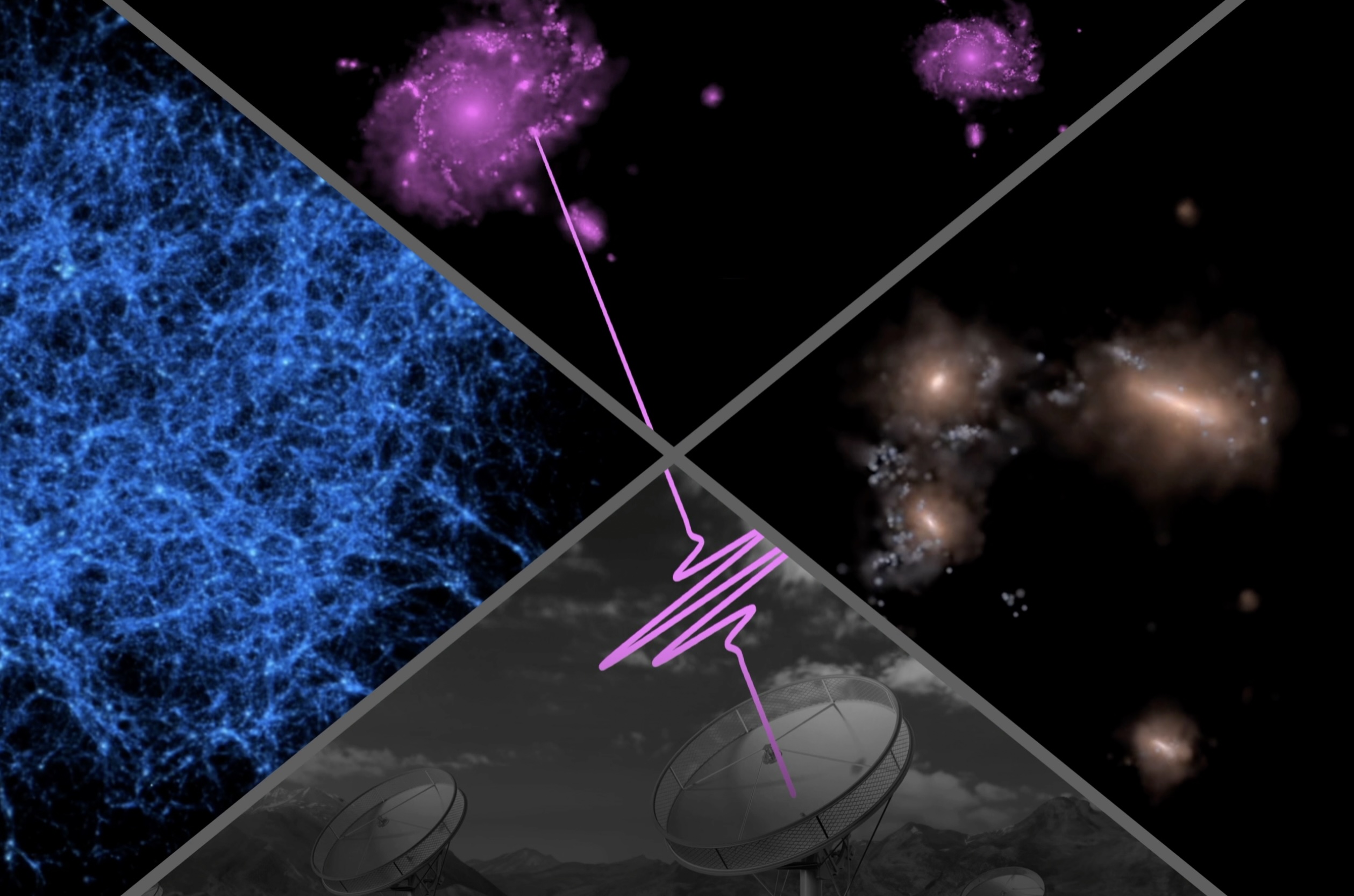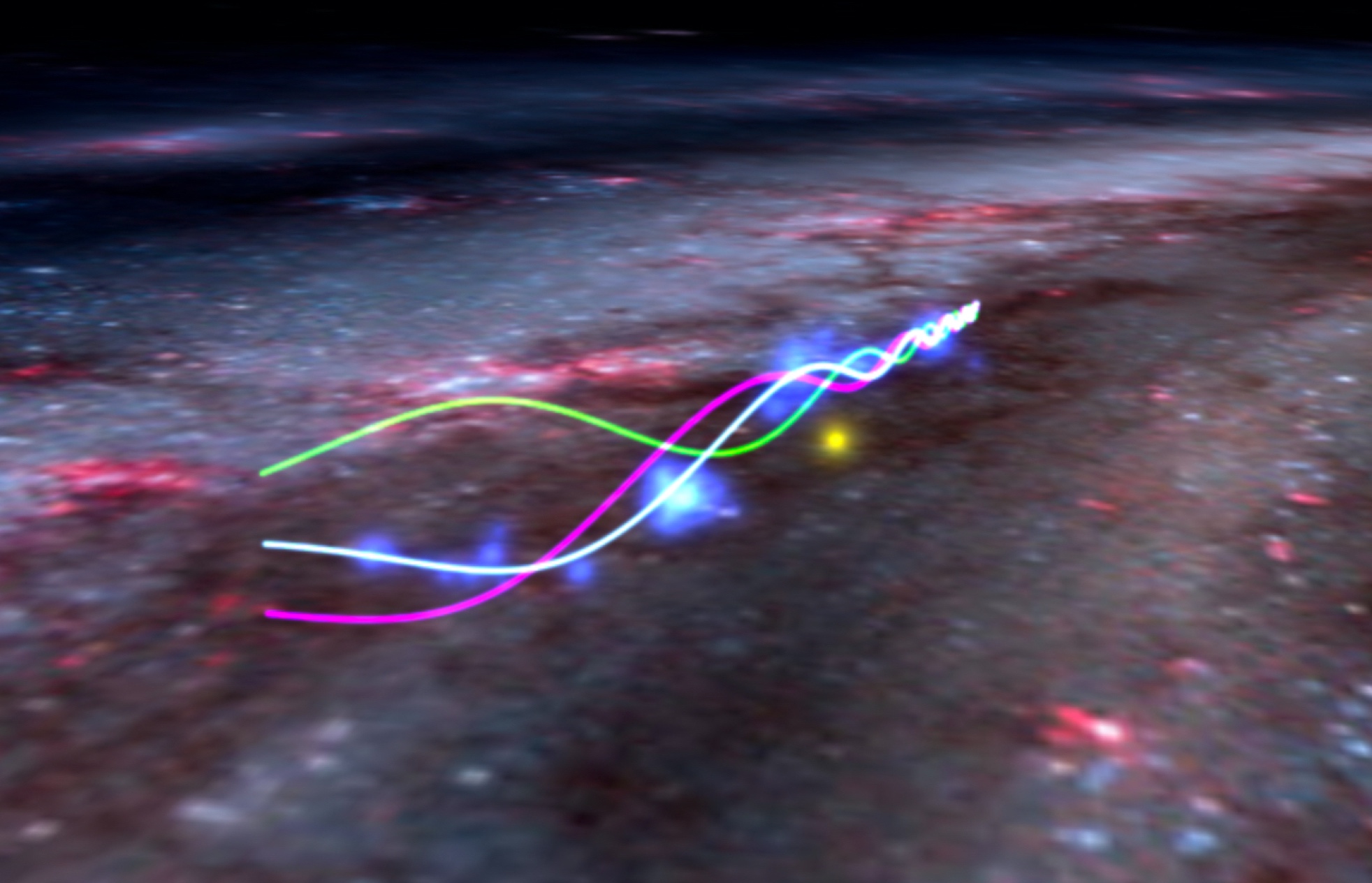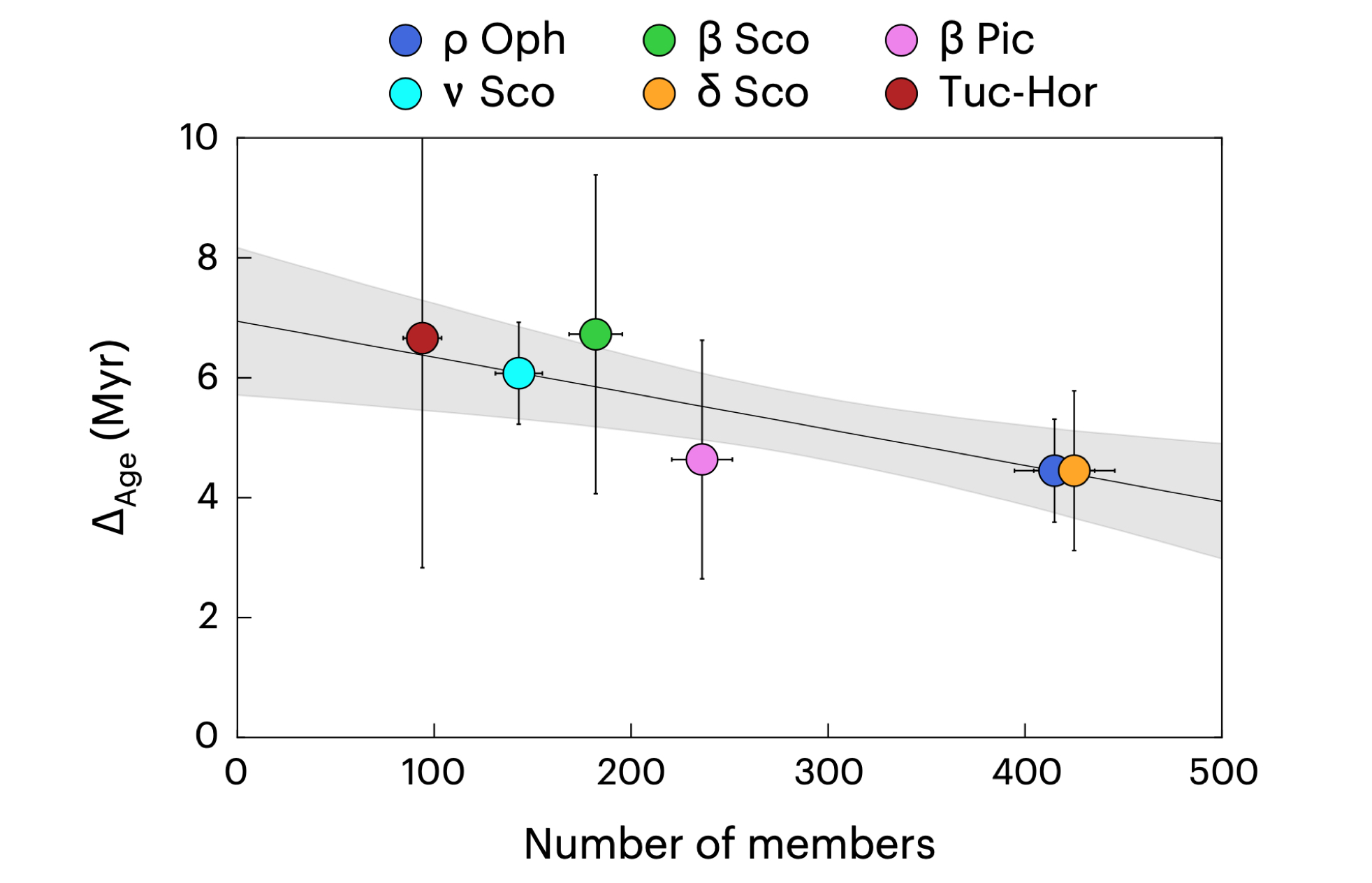PhD Student • Harvard University • ralf.konietzka@cfa.harvard.edu •
I am a PhD student in Astrophysics & Astronomy at Harvard University, working together with Prof. Lars Hernquist and Prof. Liam Connor.
My research focuses on cosmology and extragalactic astronomy, with a specific emphasis on Fast Radio Bursts, a new class of cosmological transients.
Using a combination of numerical simulations, analytic theory, observations, and data science, I investigate how we can use Fast Radio Bursts as cosmological probes to study the evolution of our Universe.
Follow @RalfKonietzka for research, news and more.
Education
Projects
Together with Alyssa Goodman, Catherine Zucker, Andreas Burkert, João Alves, Michael Foley, Cameren Swiggum, Maria Koller, Núria Miret-Roig
Paper
Augmented Reality Figure
Outreach Video
Our Sun lies within 300 pc of the 2.7-kpc-long sinusoidal chain of dense gas clouds known as the Radcliffe Wave. The structure's wave-like shape was discovered using 3D dust mapping, but initial kinematic searches for oscillatory motion were inconclusive. Here we present evidence that the Radcliffe Wave is oscillating through the Galactic plane while also drifting radially away from the Galactic Center. We use measurements of line-of-sight velocity for 12CO and 3D velocities of young stellar clusters to show that the most massive star-forming regions spatially associated with the Radcliffe Wave (including Orion, Cepheus, North America, and Cygnus X) move as if they are part of an oscillating wave driven by the gravitational acceleration of the Galactic potential. By treating the Radcliffe Wave as a coherently oscillating structure, we can derive its motion independently of the local Galactic mass distribution, and directly measure local properties of the Galactic potential as well as the Sun's vertical oscillation period. In addition, the measured drift of the Radcliffe Wave radially outward from the Galactic Center suggests that the cluster whose supernovae ultimately created today's expanding Local Bubble may have been born in the Radcliffe Wave.
A 3D View of Orion: I. Barnard's Loop
Together with Michael Foley, Alyssa Goodman, Catherine Zucker, John Forbes, Cameren Swiggum, João Alves, John Bally, Juan Soler, Josefa Großschedl, Shmuel Bialy, Michael Grudić, Reimar Leike, Torsten Enßlin
Paper
Barnard’s Loop is a famous arc of Hα emission located in the Orion star-forming region. In this work, we investigate possible formation mechanism for Barnard’s Loop.
Using 3D dust maps, we characterize the 3D topology of the large-scale Orion region, showing Barnard’s Loop’s correspondence with a large asymmetric dust cavity around the OBP-Near/Briceno-1 (OBP-B1) cluster. The molecular clouds Orion A, Orion B, and Orion λ reside on the shell of this cavity.
We find that the large-scale gas in the region appears to be expanding, likely propelled by a combination of feedback from OBP-B1 and the cluster Orion X. Estimates of gravitational effects from both stars and gas indicate that the expansion of this asymmetric cavity likely induced anisotropy in the kinematics of OBP-B1. We conclude that feedback from OBP-B1 has affected the structure of the Orion A, Orion B, and Orion λ molecular clouds and may have played a major role in the formation of Barnard’s Loop.
The Passage of the Solar System through the Edge of the Local Bubble
Together with Merav Opher, Abraham Loeb, Catherine Zucker, Alyssa Goodman, João Alves, Alexandra Worden, Evan Economo, Jesse Miller, Marc Kornbleuth, Josh Peek
Paper
The Sun moves through the interstellar medium (ISM) making the conditions outside the solar system vary with time. Today’s solar system is protected from interstellar particles by the heliosphere, the bubble formed by the solar wind as the Sun moves through the ISM, which engulfs all the planets.
However, there is geological evidence from 60Fe that the Earth was in direct contact with the ISM 6-7 million years ago. During the same time, the Sun crossed the edge of the Local Bubble. The expansion of the Local Bubble swept up the ambient ISM into an extended shell that now fragmented and collapsed into the most prominent nearby molecular clouds. Using a state-of-the art magnetohydrodynamic model of the heliosphere, we show that due to the passage of the solar system through the edge of the Local Bubble, the heliosphere is shrunk to a scale smaller than the Earth's orbit (0.7 AU) exposing the Earth to the cold dense ISM, consistent with the evidence of 60Fe.
The direct contact of the Earth with the ISM, could have drastic terrestrial effects 6-7 million years ago. In particular, such scenario can be used to explain the cooling seen by Oxygen isotopes measured in deep sea Foraminifera.
Insights into star formation and dispersal from the synchronization of stellar clocks
Together with Núria Miret-Roig, João Alves, David Barrado, Andreas Burkert, Sebastian Ratzenböck
Paper
Age is one of the most fundamental parameters of a star, yet it is one of the hardest to determine as it requires modelling various aspects of stellar formation and evolution. When we compare the ages derived from isochronal and dynamical traceback methods for six young stellar associations, we find a systematic discrepancy. Specifically, dynamical traceback ages are consistently younger by an average of ΔAge = 5.5 ± 1.1 Myr. We rule out measurement errors as the cause of the age mismatch and propose that ΔAge indicates the time a young star remains bound to its parental cloud before moving away from its siblings. In this framework, the dynamical traceback ‘clock’ starts when a stellar cluster or association begins to expand after expelling most of the gas, whereas the isochronal ‘clock’ starts earlier when most stars form. The difference between these two age-dating techniques is a powerful tool for constraining evolutionary models, as isochronal ages cannot be younger than dynamical traceback ages. Measuring the ΔAge accurately and understanding its variations across different environments will provide further information on the impact of local conditions and stellar feedback on the formation and dispersal of stellar clusters.





